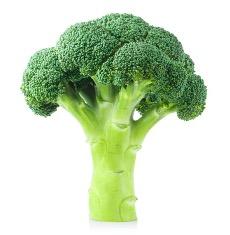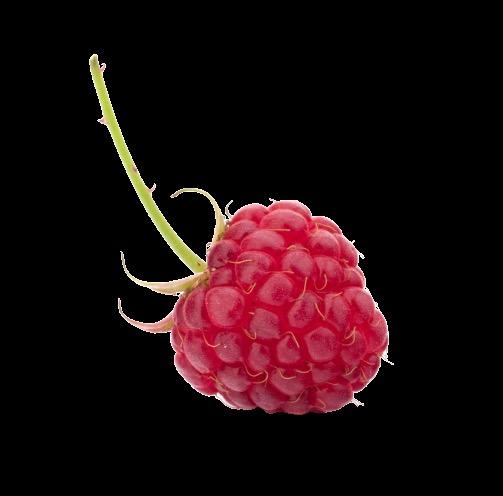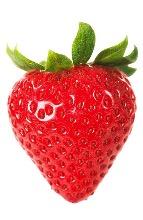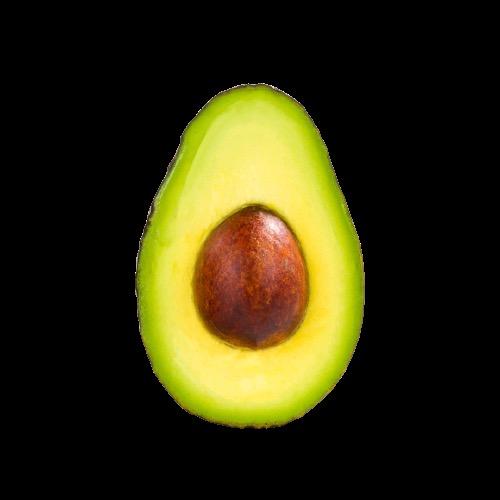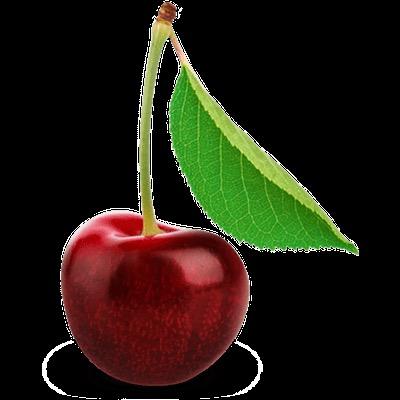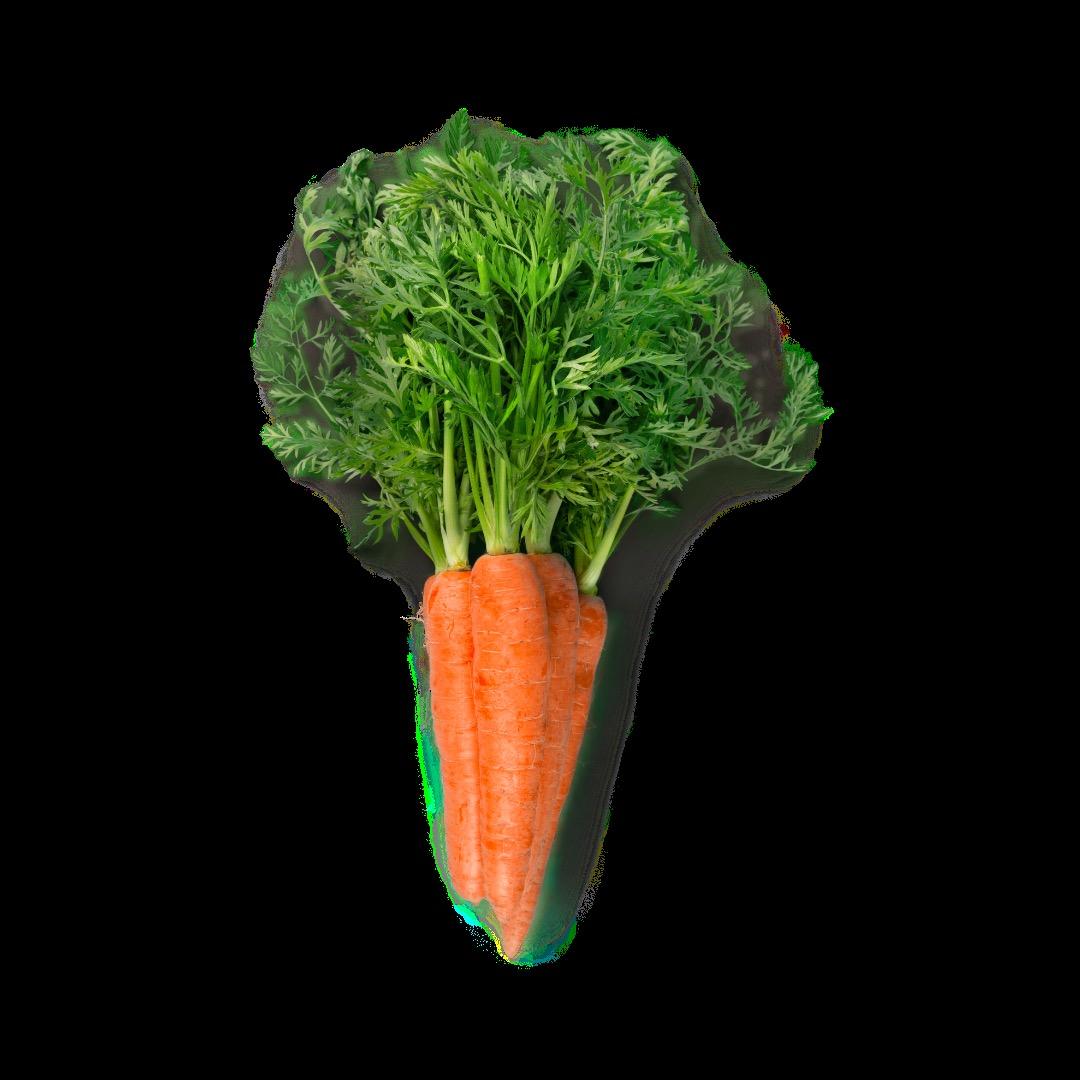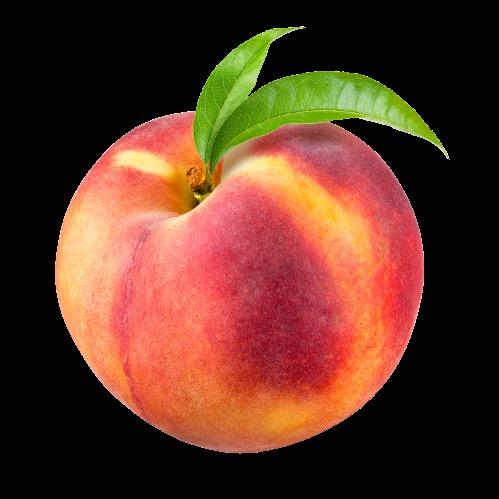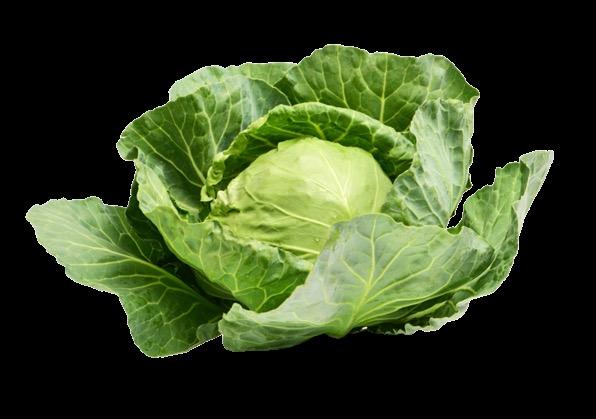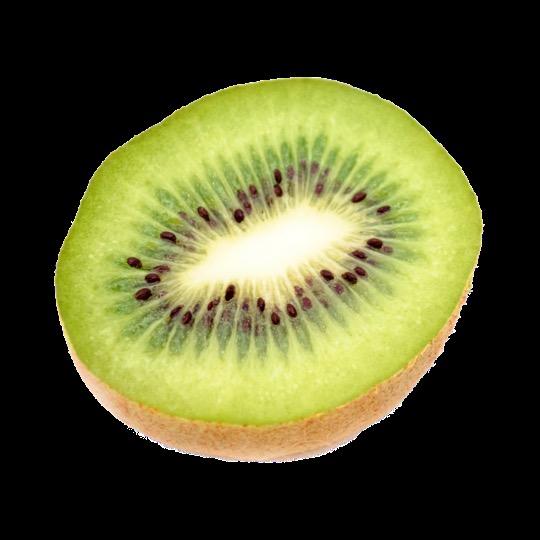
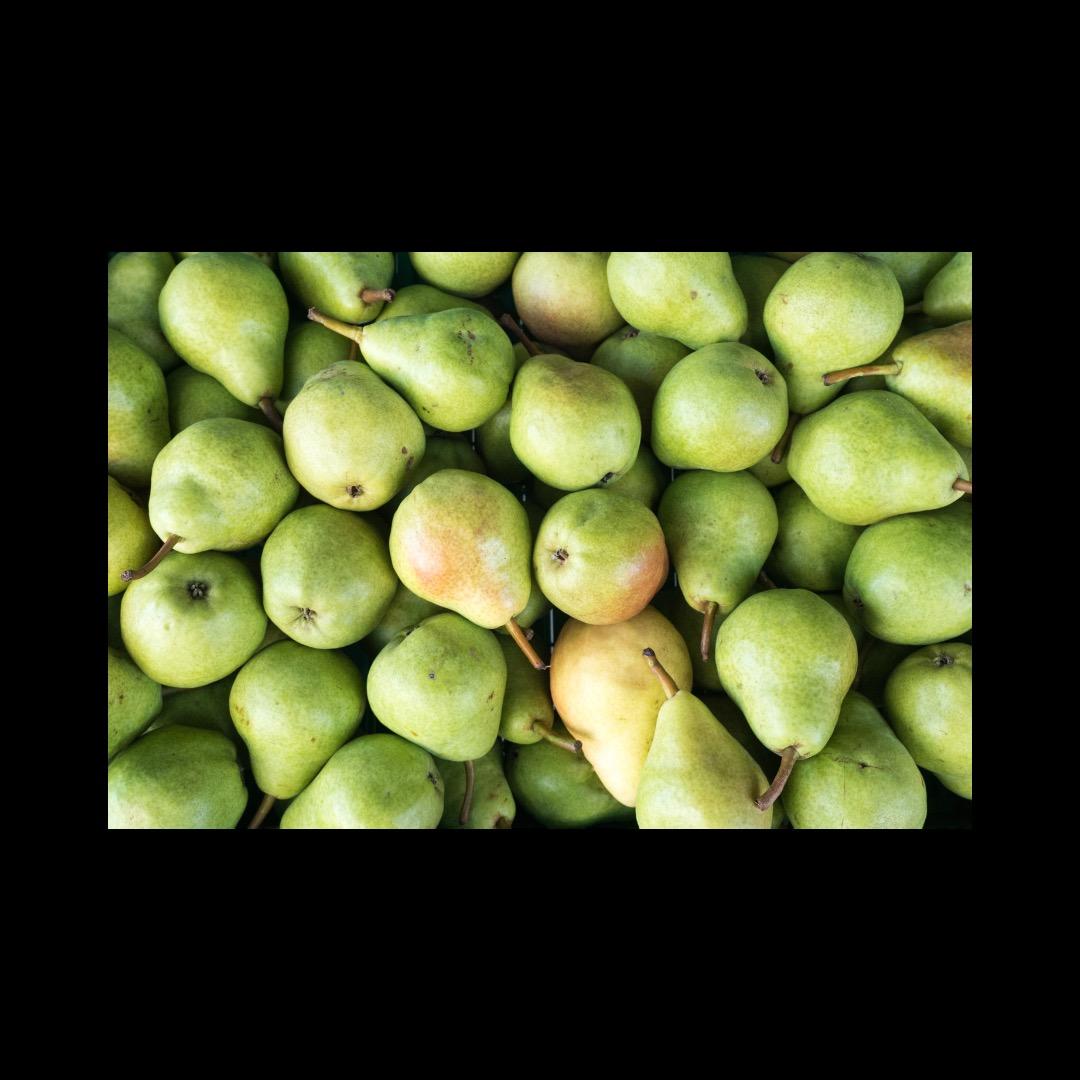
Desert Sands Unified School District
Teaching Kids the Importance of Nutrition Education



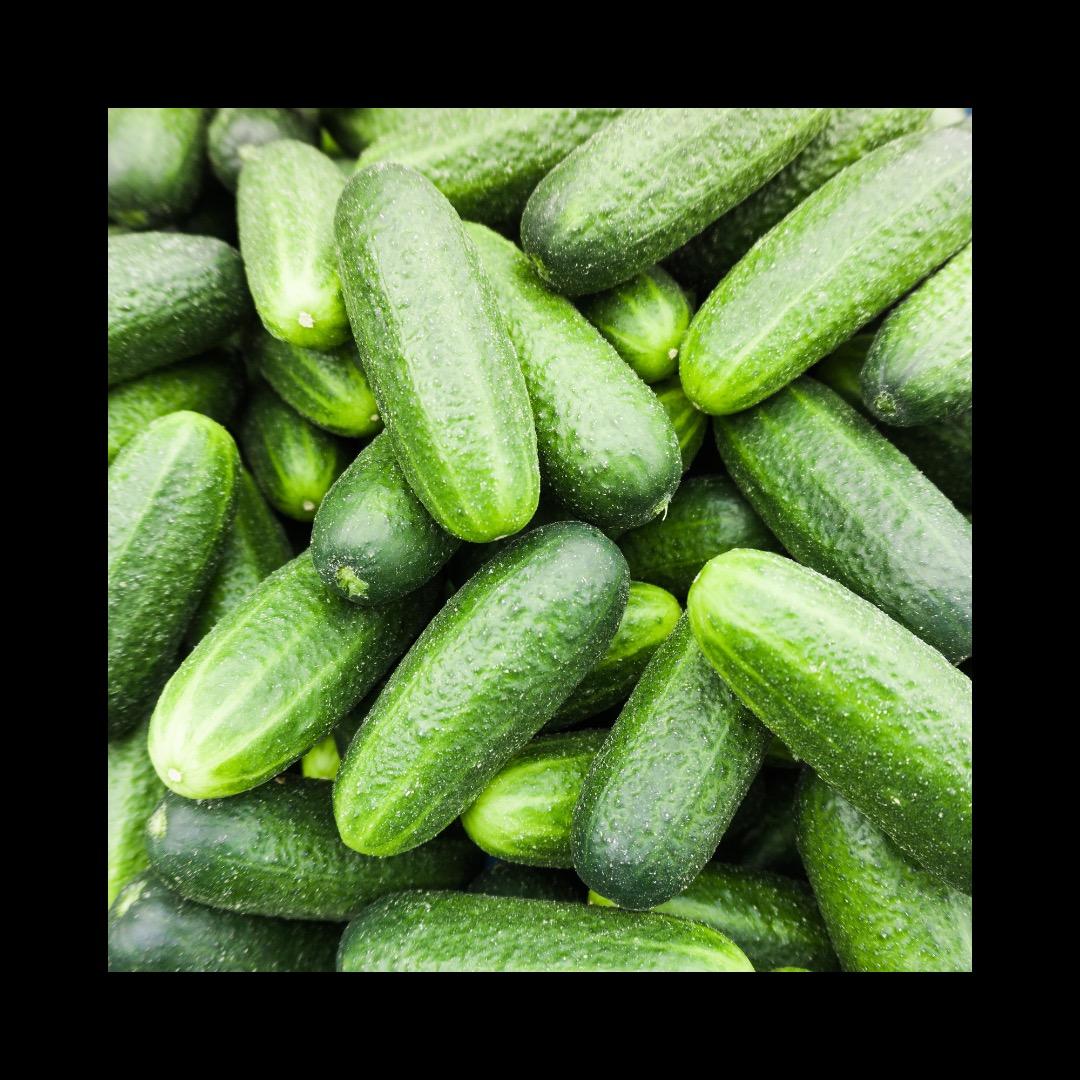

TM 2024 EDITION D I G I T A L M A G A Z I N E
E N R I C H M E N T California

Desert Sands Unified School District is proud to be participating in Wellness Wednesdays serving healthy foods & promoting nutrition education.






Teaching Kids the Importance of Nutrition Education.

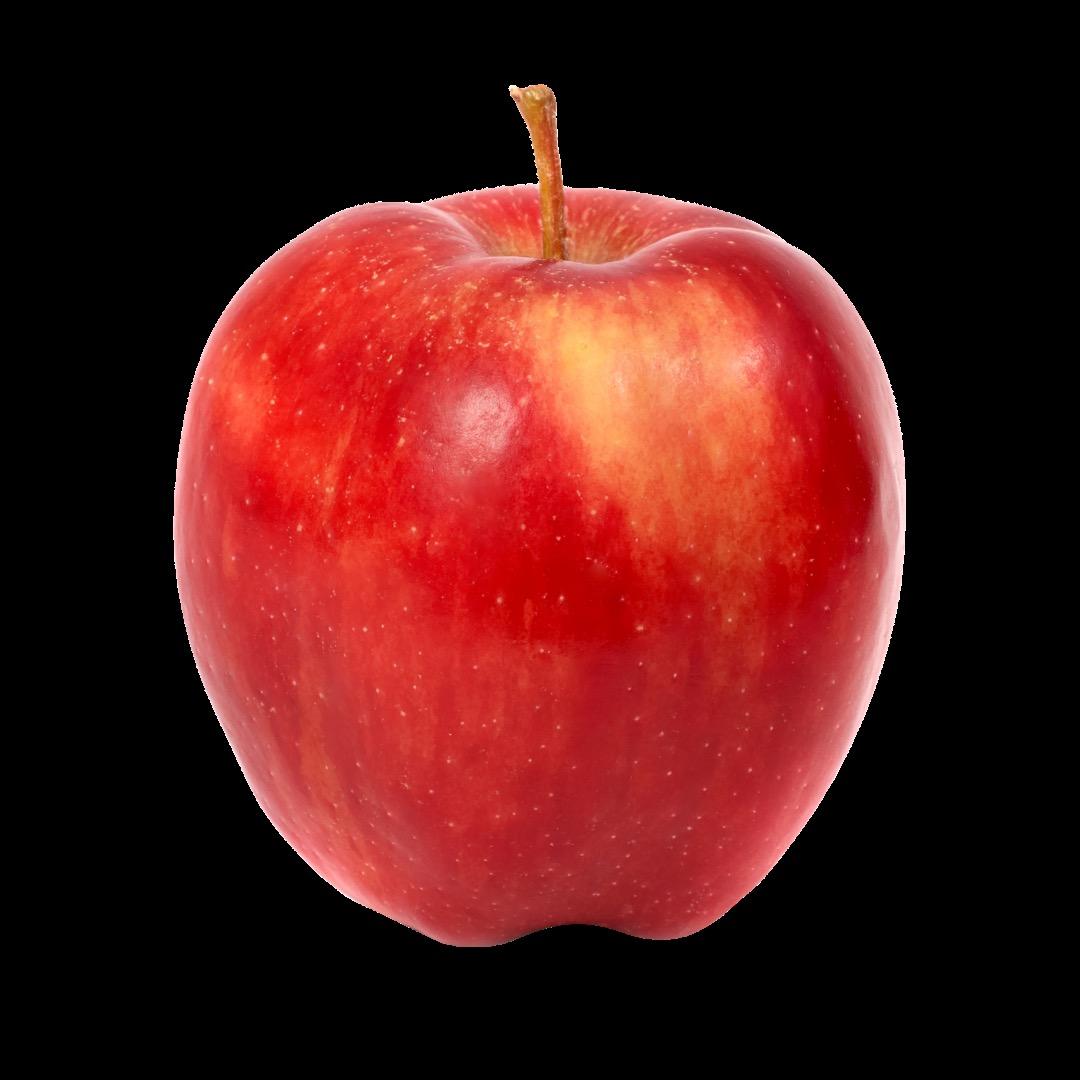


Vitamin C
B Vitamins
Potassium
Fiber
Pears



Pears are a type of pome fruit – fruits that have a “core” and several small seeds.

Pears used to be called

Over 3,000 varieties of pears.
Pears prefer to grow in cooler climates
30-40 tall trees.


The most common types of pears are Anjou, Bartlett, Bosc, Comice & Forelle.

Pears ripen best after they are picked.
Pears are a part of the rose family.

Pears are the most fragile fruit.
The majority of pears grown in the U.S. are grown on the ALL pears are picked by HAND

Potassium



Potassium supports balancing fluid & proper function of the

Once potassium enters the body, it functions as an electrolyte
Helps to keep the body
Electrolytes help amount of water in the body.

FUN FACT:
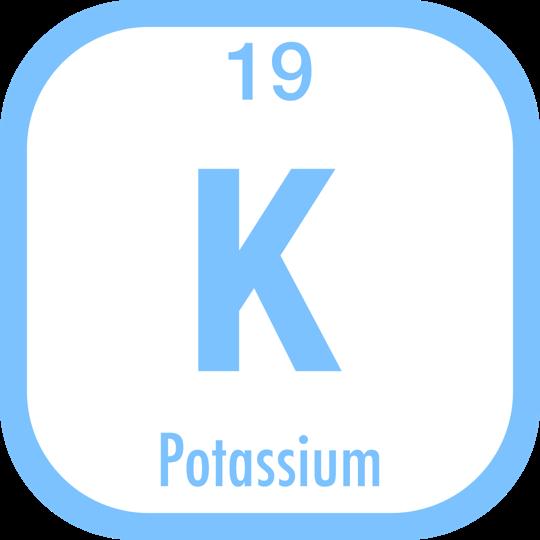
Potassium is THIRD most abundant mineral in the body.
Potassium helps promote bone health.
The body is made up of approximately 60% water.

Potassium helps to regulate muscle contractions.
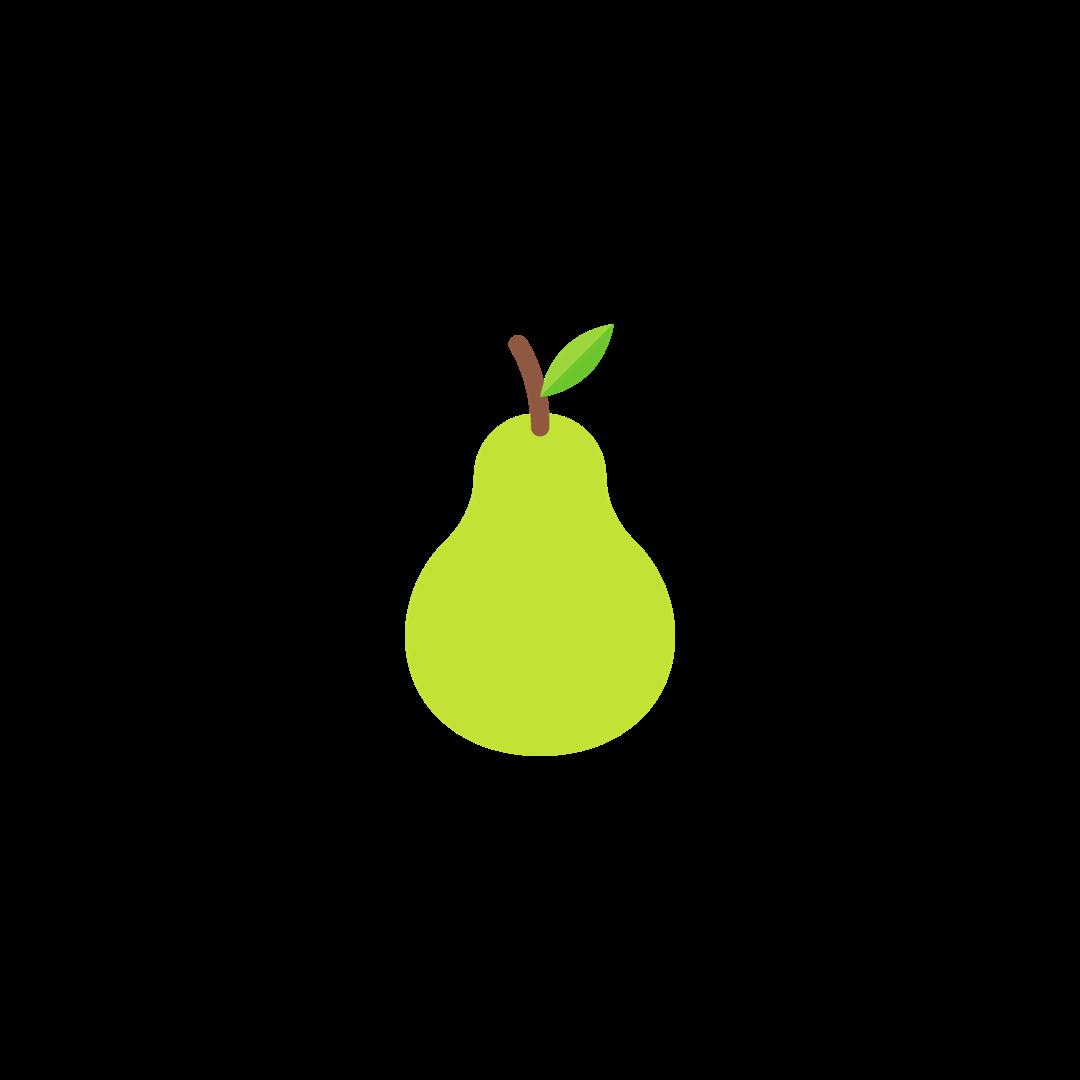
98% of the body’s potassium is found it its cells.
Many runners eat foods high in potassium before a run to prevent muscle cramps

Apples

5


Most apples are harvested & sold fresh.

Apples are one of the most widely cultivated tree fruits. The U.S. is home to approximately 322,000 acres of apple orchards. of the Most Popular Varieties of Apples:
1. Red Delicious
2. Gala
3. Granny Smith
4. Fuji
5. Golden Delicious
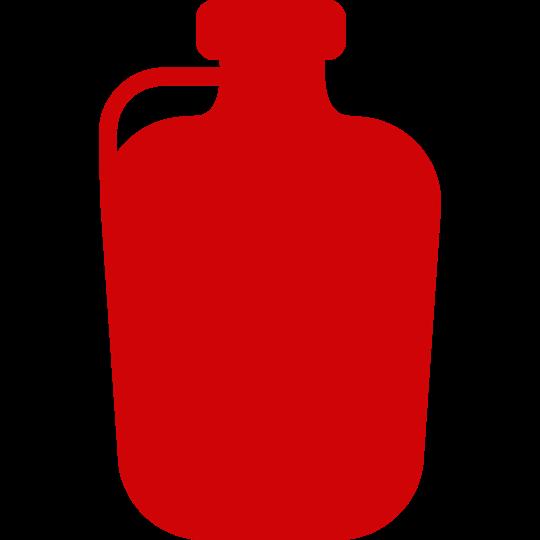
36
apples make 1 gallon of cider.
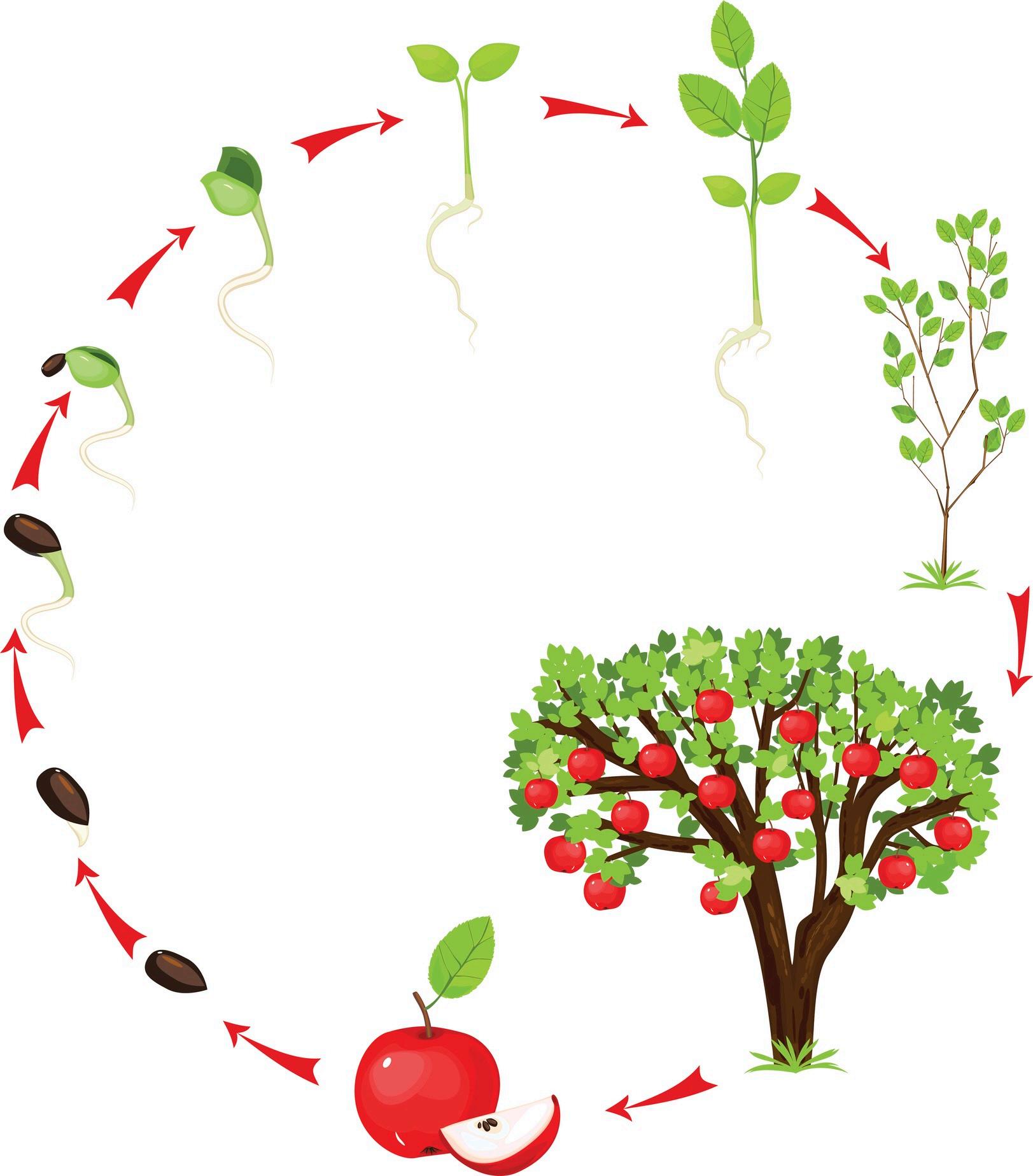
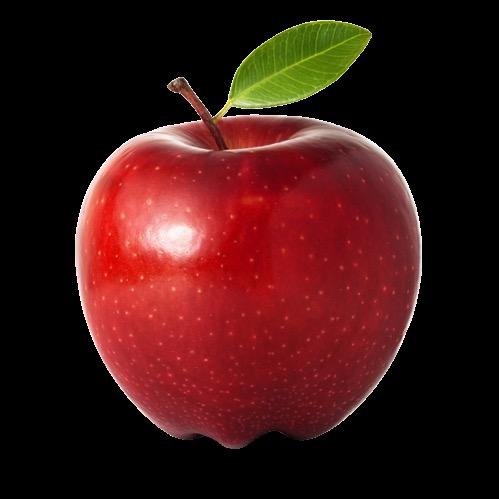
2,500
varieties of apples are grown in the United States.
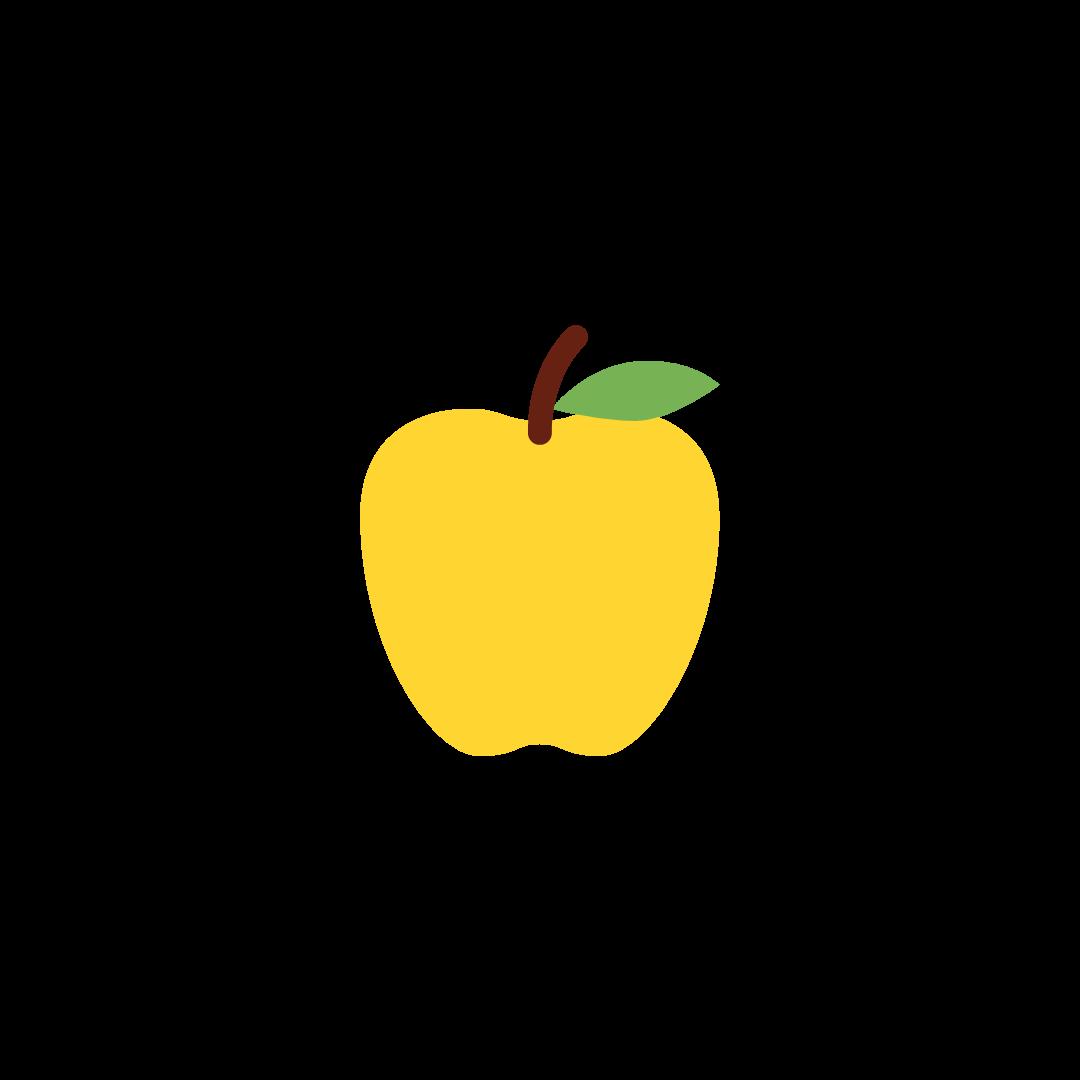
21% of apples are juiced.
An apple blossom is the flower that comes from an apple tree.
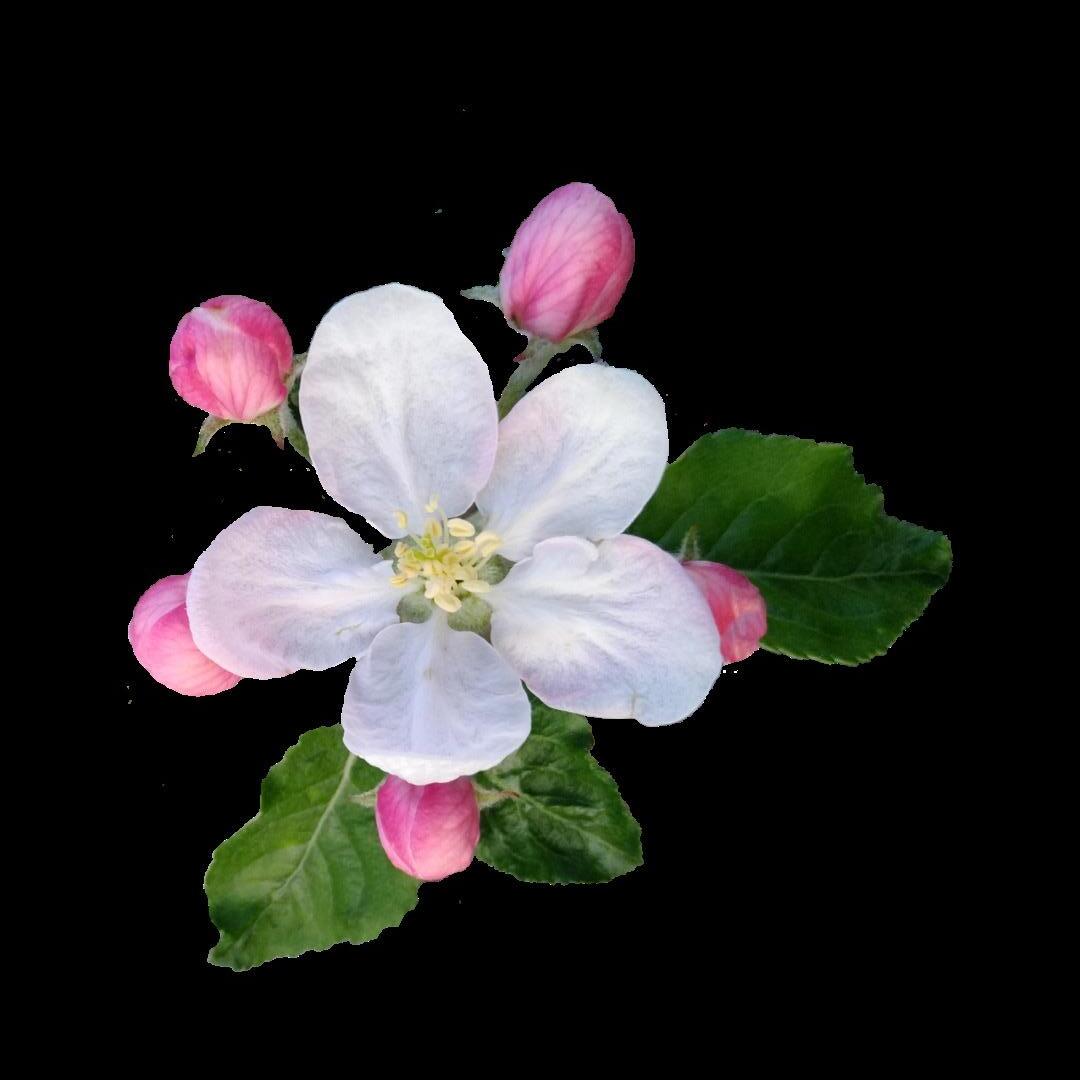
An apple tree takes at least 4 years to start producing fruit.




Fiber


Fiber supports movement through the digestive system.

Fiber is a type of carbohydrate that the body doesn’t digest, it simply passes through.
Soluble fiber dissolves in water…it helps regulate blood sugar levels and removes cholesterol form the blood stream.

Insoluble fiber is sometimes referred to as “roughage. ”

2 types of fiber:

1. Soluble fiber
Insoluble fiber
Fiber is ONLY found in plant foods.
Dairy & meat products do not have any fiber.
Fiber helps to regulate the body’s use of sugar.
Insoluble fiber does not dissolve in water…it helps food move throughout the digestive system.
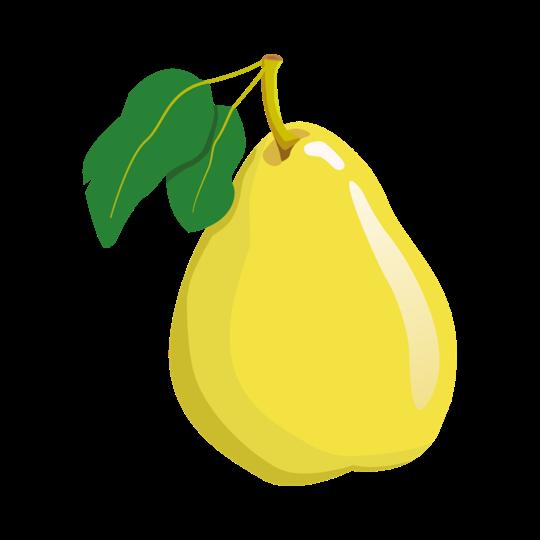
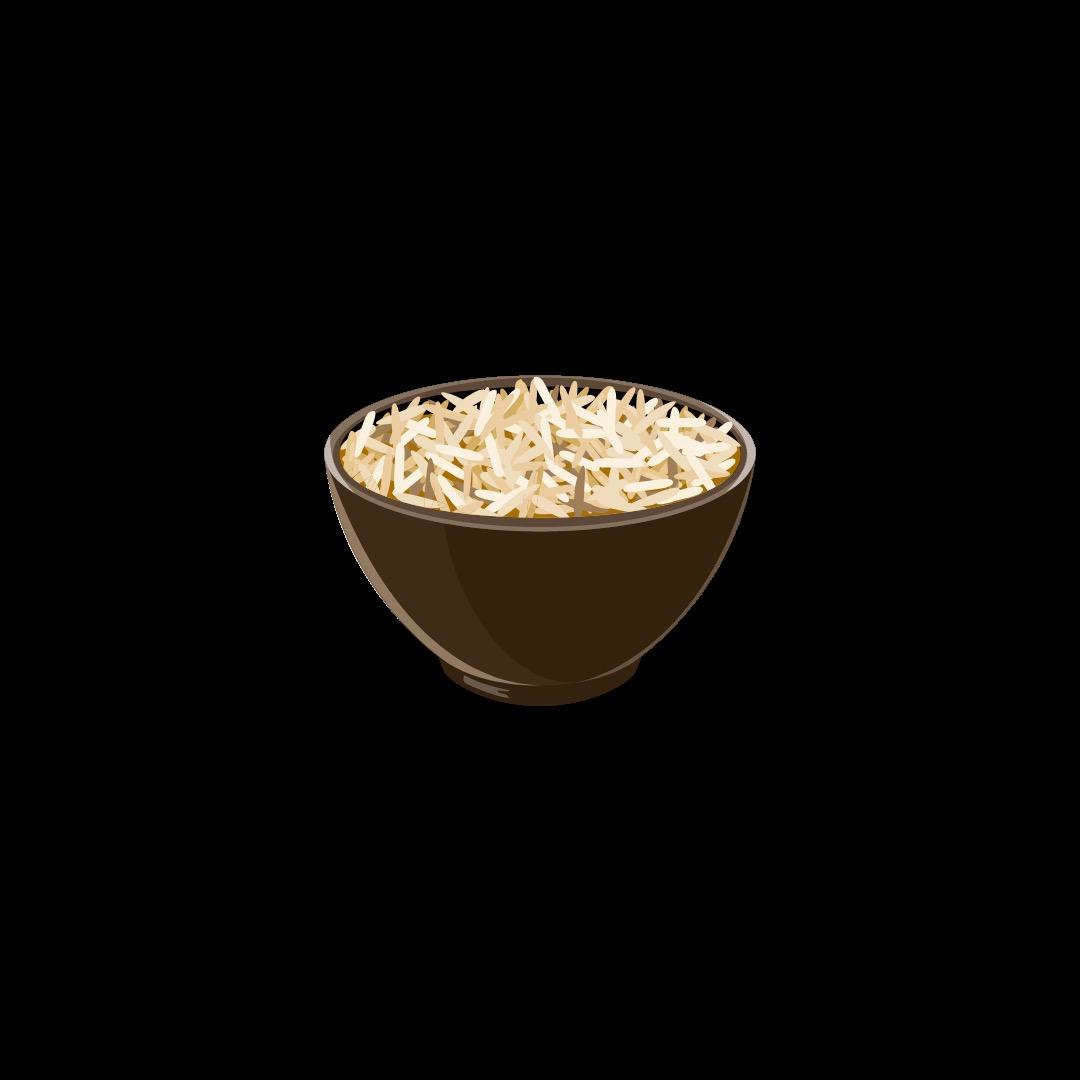
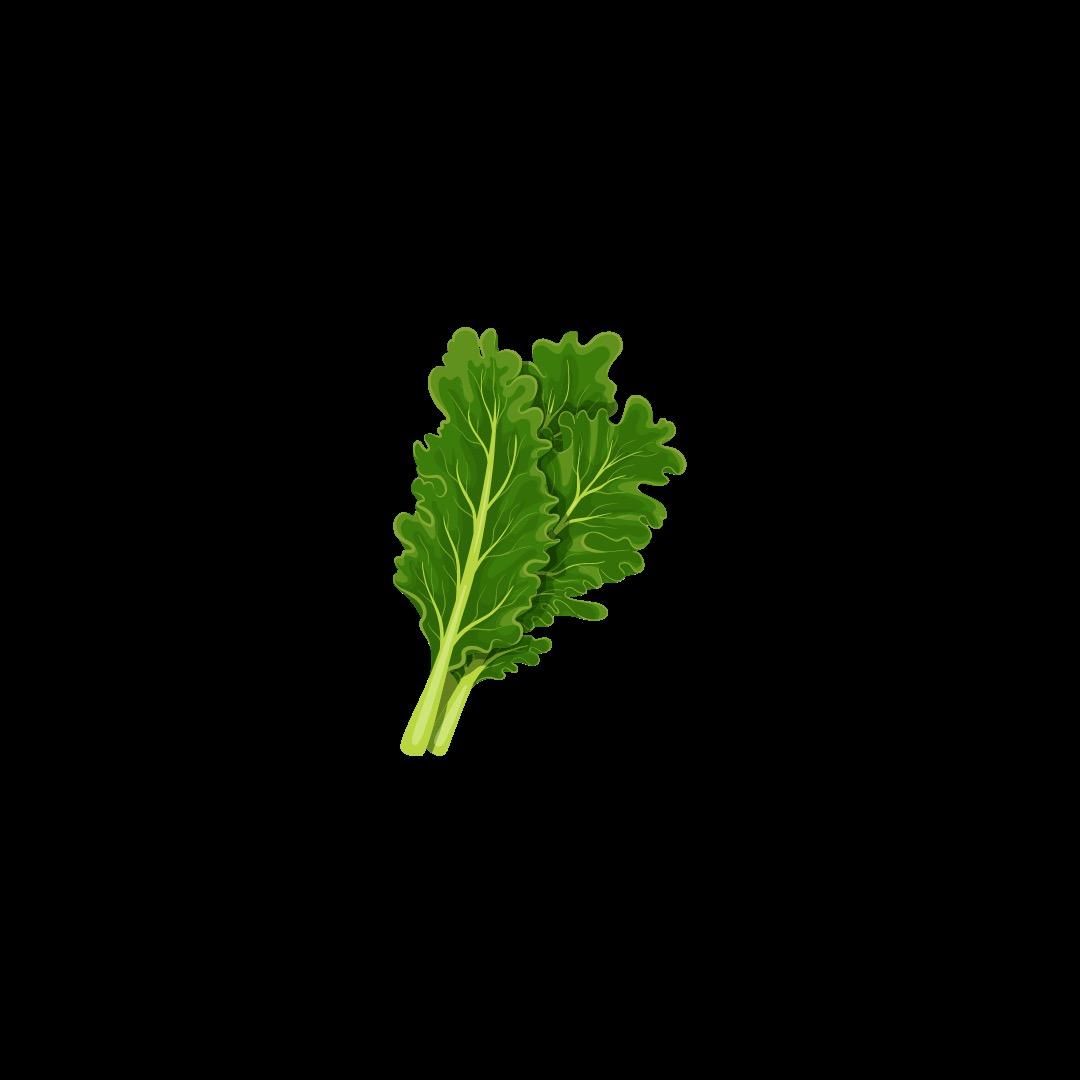
BOTH forms of fiber are important & beneficial to overall health.
Oranges


Oranges are a type of them grown in the U.S. from
3
Popular Types of Oranges:
1. Navel
Orange season is 9 months long… October - June!

2. Hamlin
3. Valencia
600+ varieties of oranges.
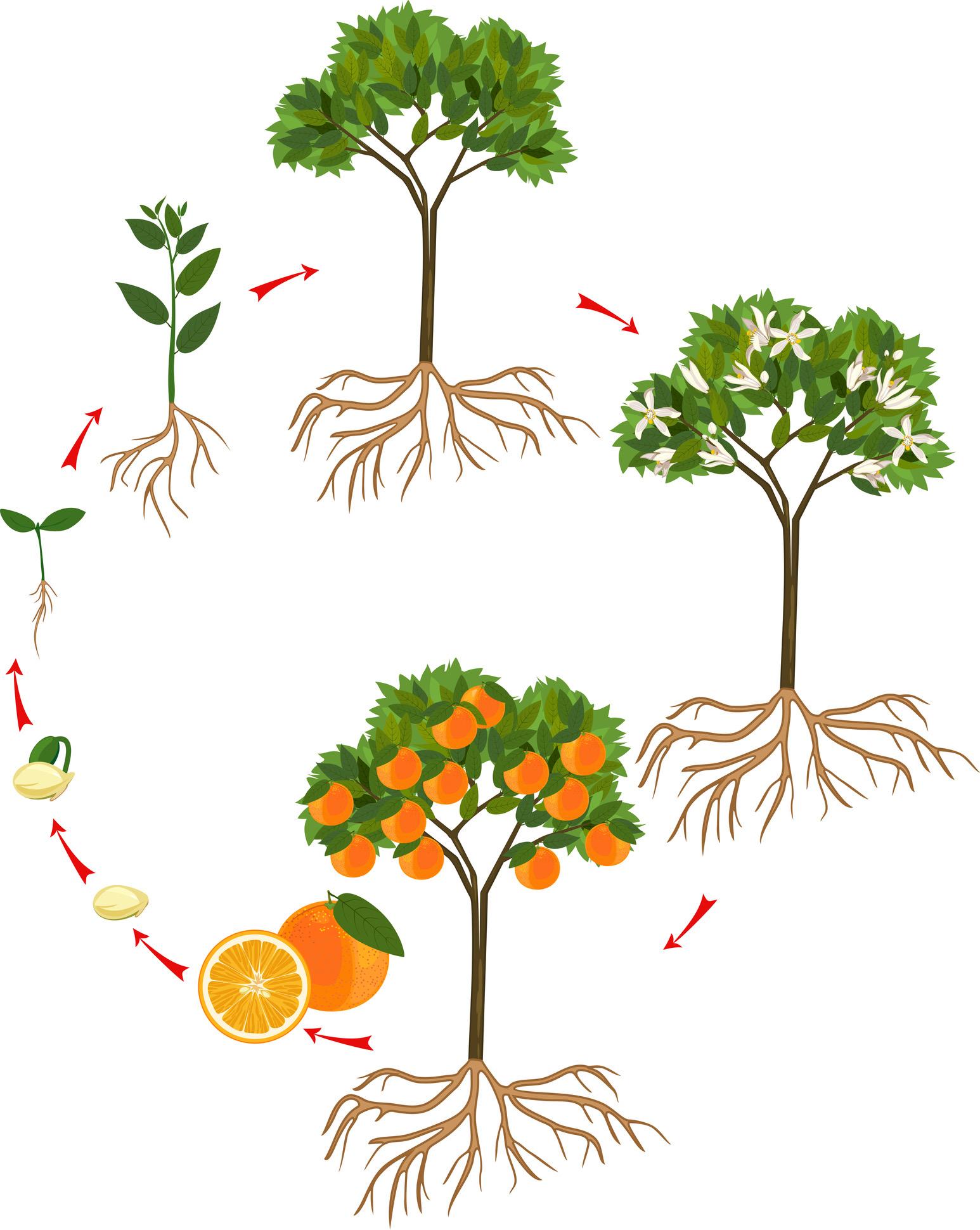





oranges are juiced.

-tropical areas have ideal climate for growing oranges.
Most oranges are harvested by hand.


Vitamin C





Vitamin C supports the immune systemthe body’s defense against infections.
ENERGY booster!
Vitamin C is also referred to as “ascorbic acid.”



Vitamin C helps keep you happy & healthy!
Vitamin C is an antioxidant.
Antioxidants help protect against damage caused by exposure to harmful substances in the environment.
The body cannot make vitamin C on its own - it has to come from food.

What do you call a vitamin that improves your eyesight?
A Vitamin C!

Vitamin C is a very important vitamin for healthy gums & teeth.
Cucumbers


Cucumbers are technically fruits since they & contain seeds.
There are
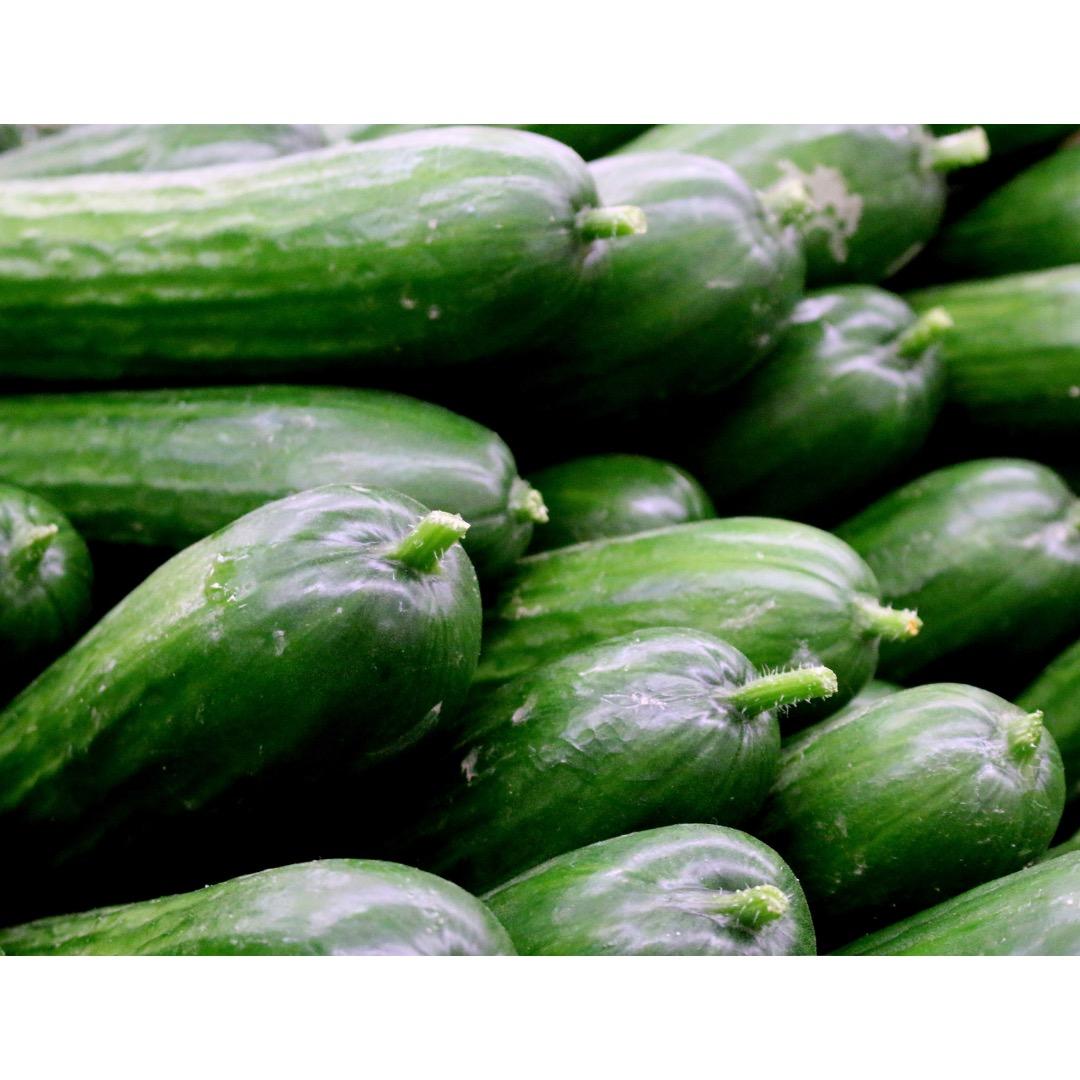
cucumbers.

of cucumbers seeds.

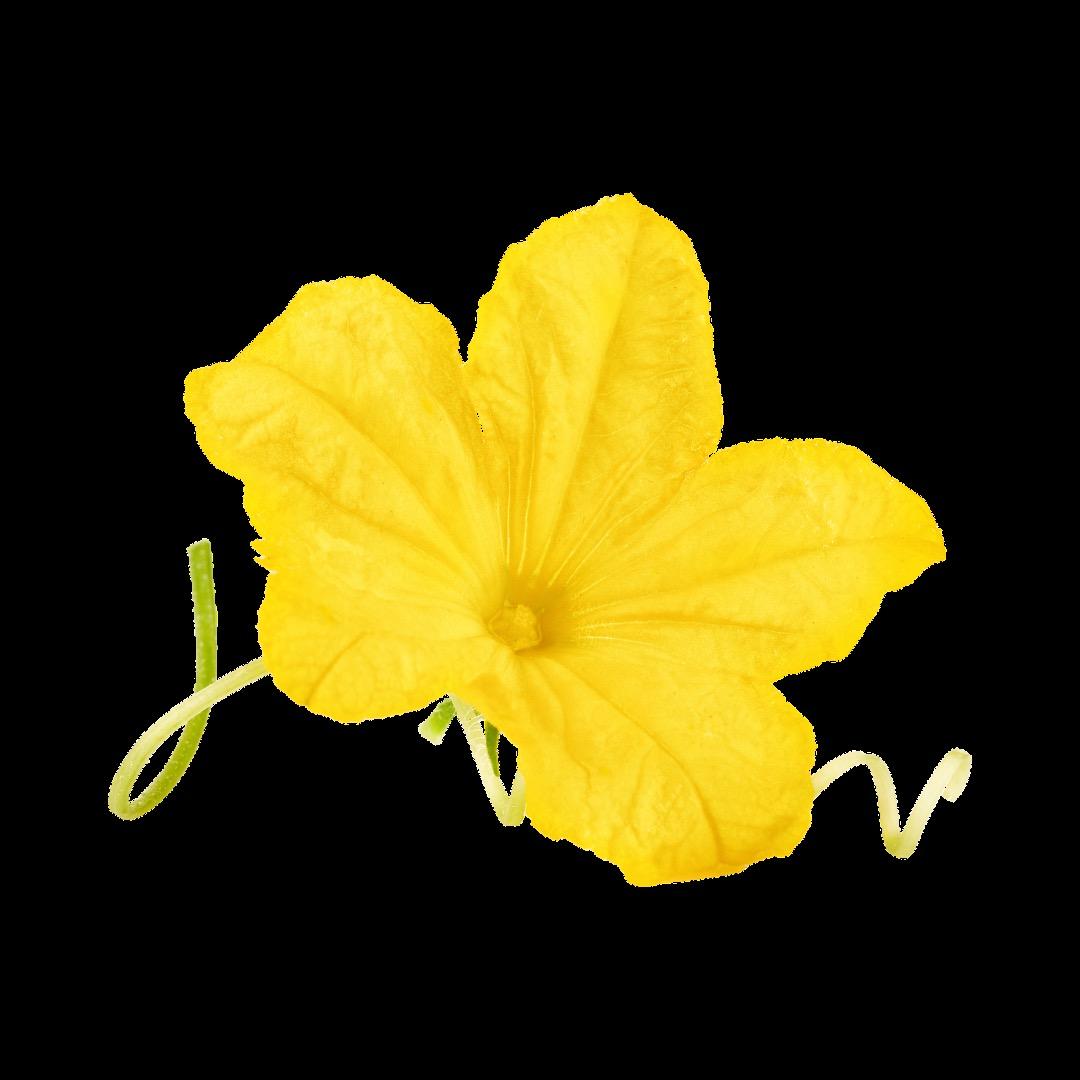


World Cucumber Day is June 14th!

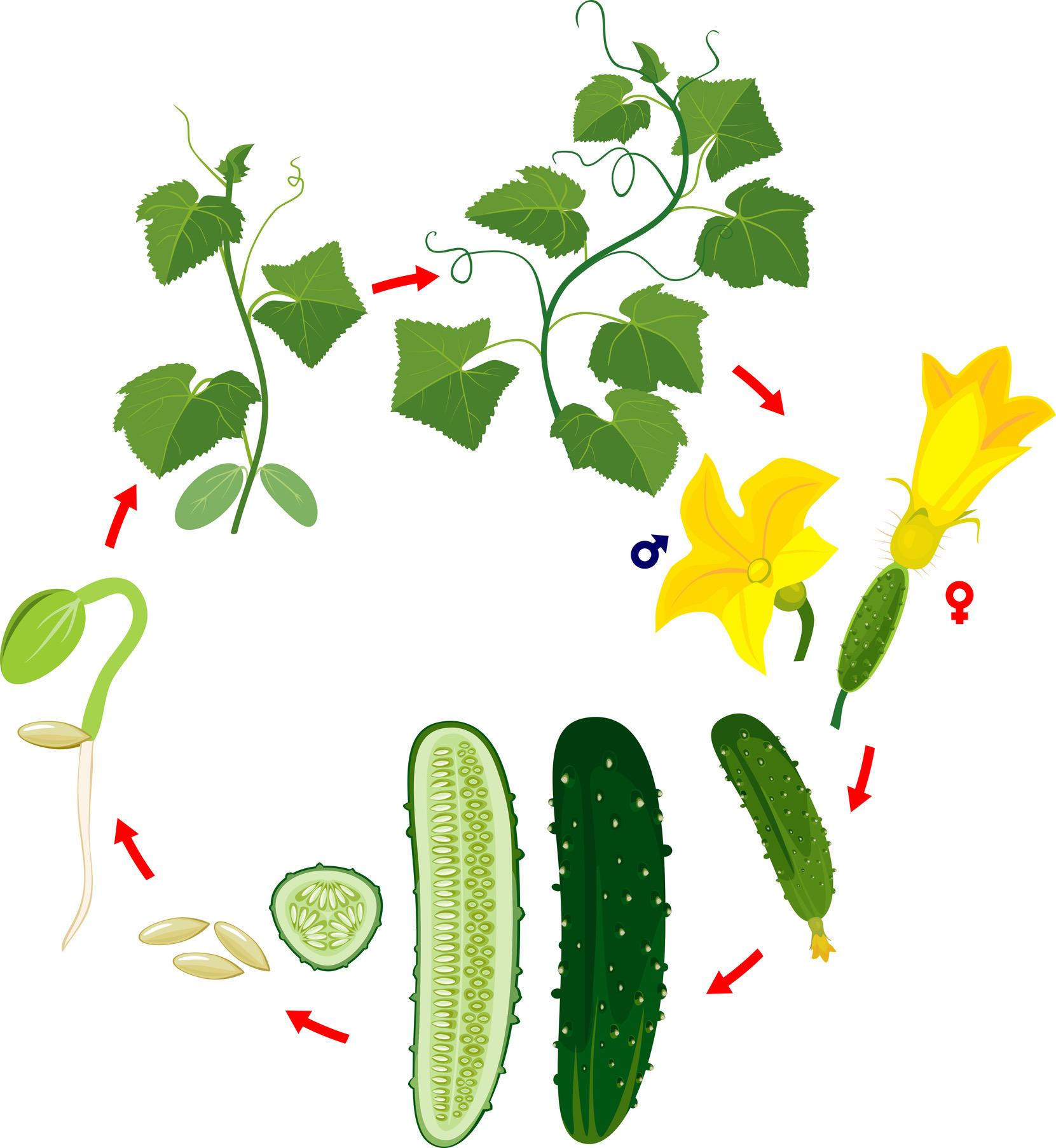

Cucumbers grow on

1 vine can produce 25 - 125 cucumbers.



B Vitamins


B Vitamins help support the body’s energy levels, brain function & cell metabolism
essential B vitamins:

Vitamin B1, Vitamin B2, Vitamin B3, Vitamin B5, Vitamin B6, Vitamin B7, Vitamin B9 & Vitamin B12.

Water is needed to help the body absorb B vitamins.

B5, B12, C and E knock on your door…what do you do?
In-Vitamin!

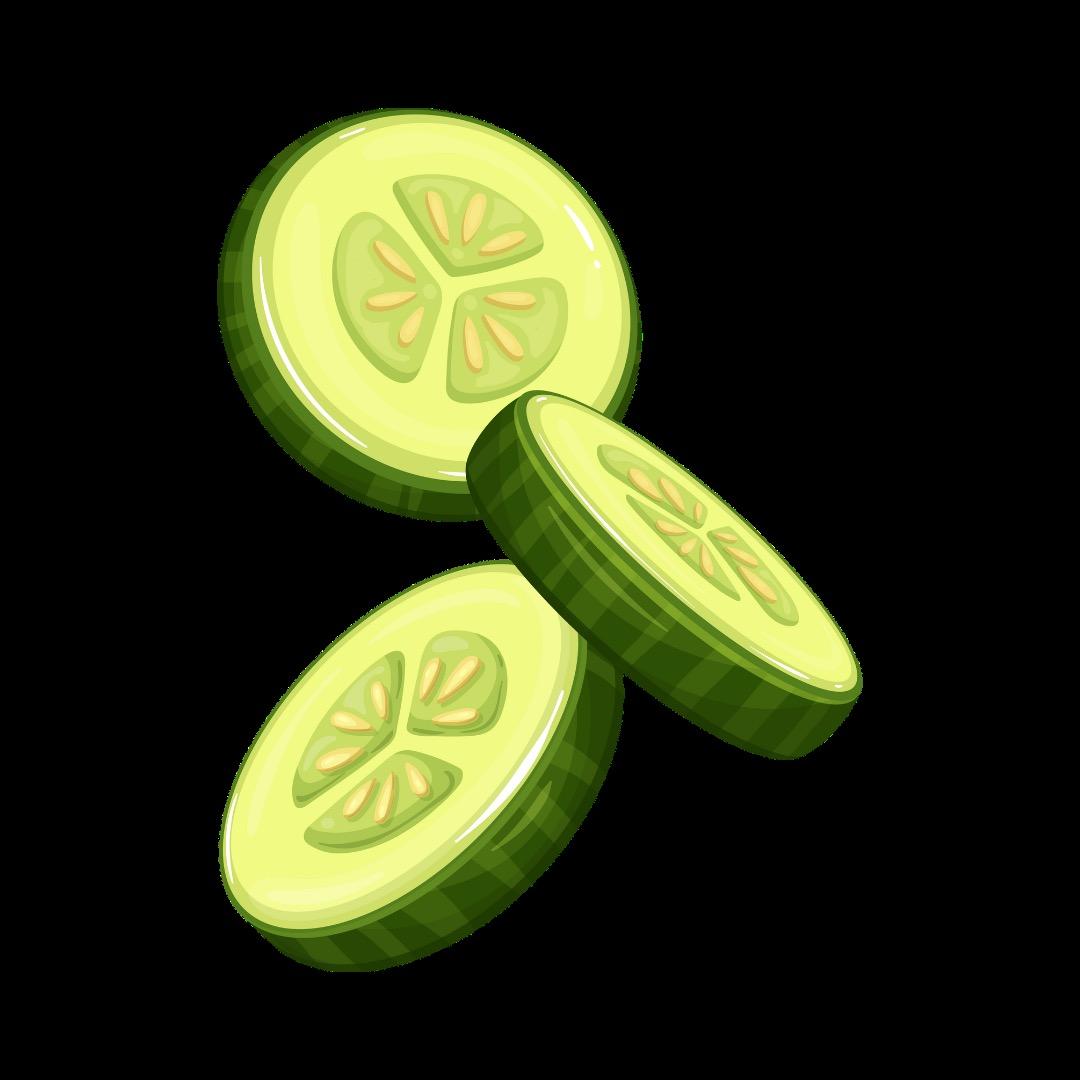
B vitamins helps the body make energy from food.
B vitamins plays a role in serotonin production.
cannot store most B vitamins, so they need to be regularly consumed.

8
Serotonin makes us feel happy
blood cells.
Milk
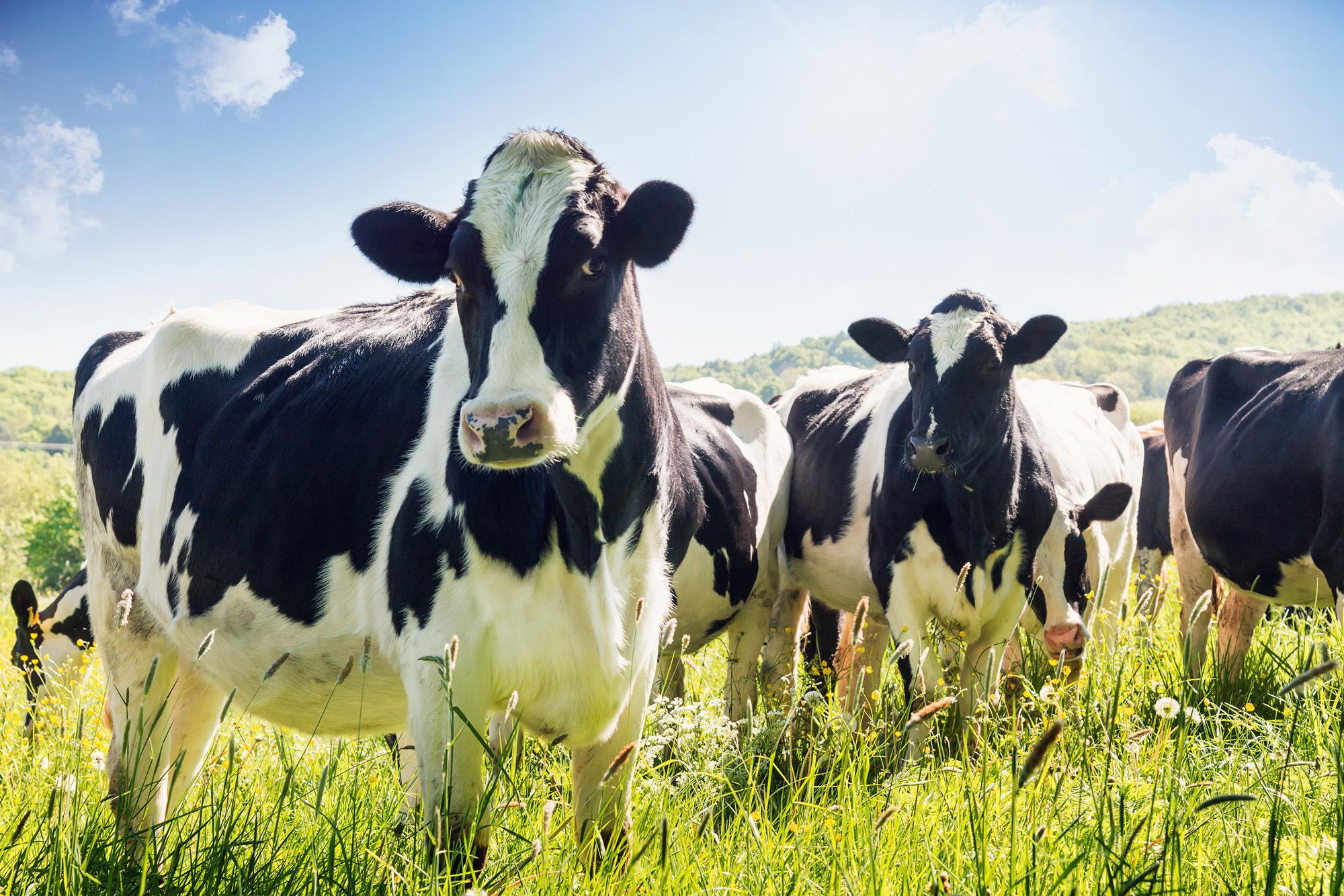


Milk is a type of dairy product –most commonly made from cows.
1. Ayrshire
2. Brown Swiss
3. Guernsey
4. Holstein
5. Jersey
1 cow produces around 6 gallons of milk/day.
1 serving milk contains 13 essential nutrients


Milking Shorthorn
Holstein cows all have a unique pattern of spots!

The reason milk is white is because it contains “casein”
- a type of protein.


The U.S. produces ~227 BILLION pounds of milk each year.

Milk is the source of ALL dairy products!
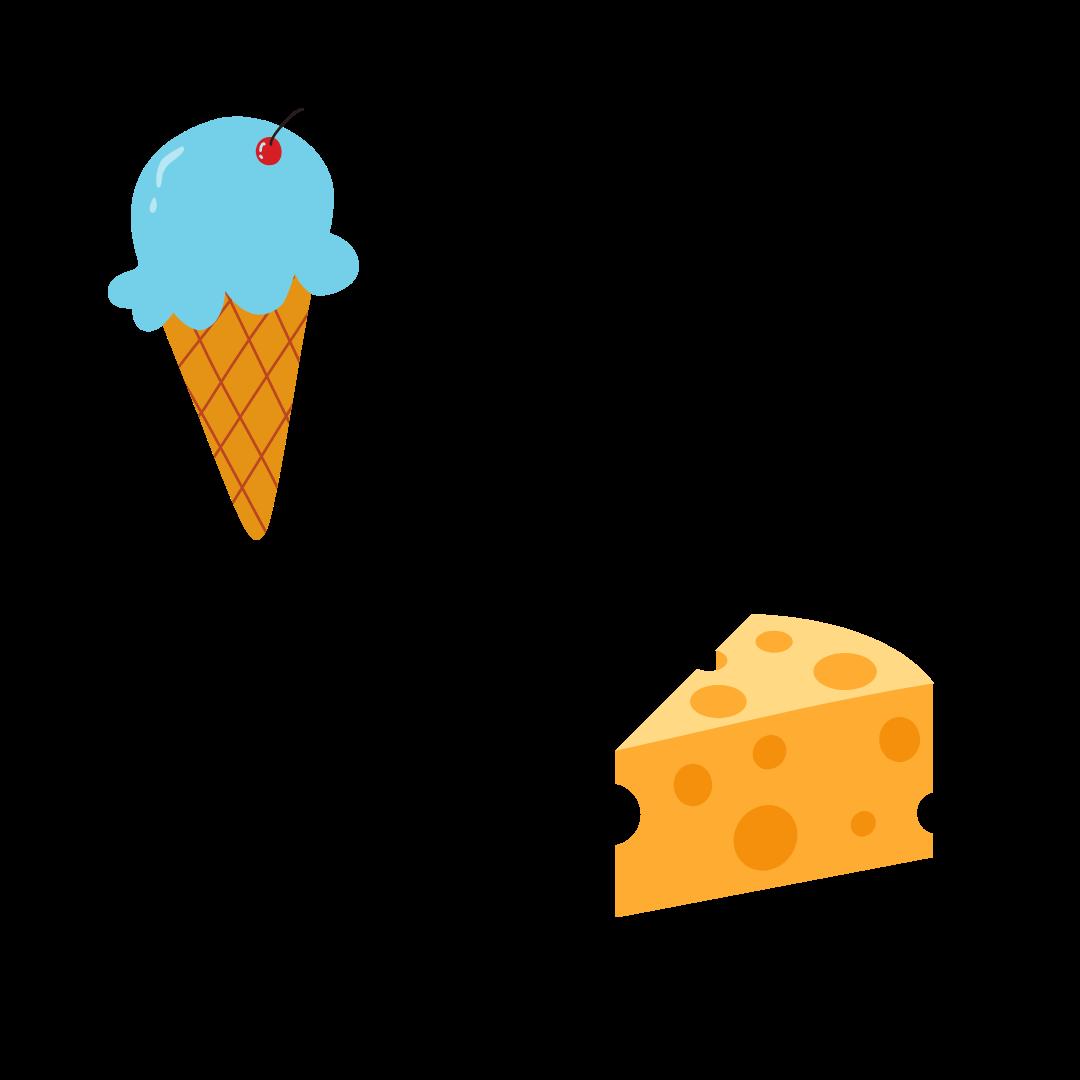

Calcium



Calcium supports healthy bones & teeth as well as proper blood & muscle function

Calcium is the 5th most abundant chemical element in the Earth’s crust.
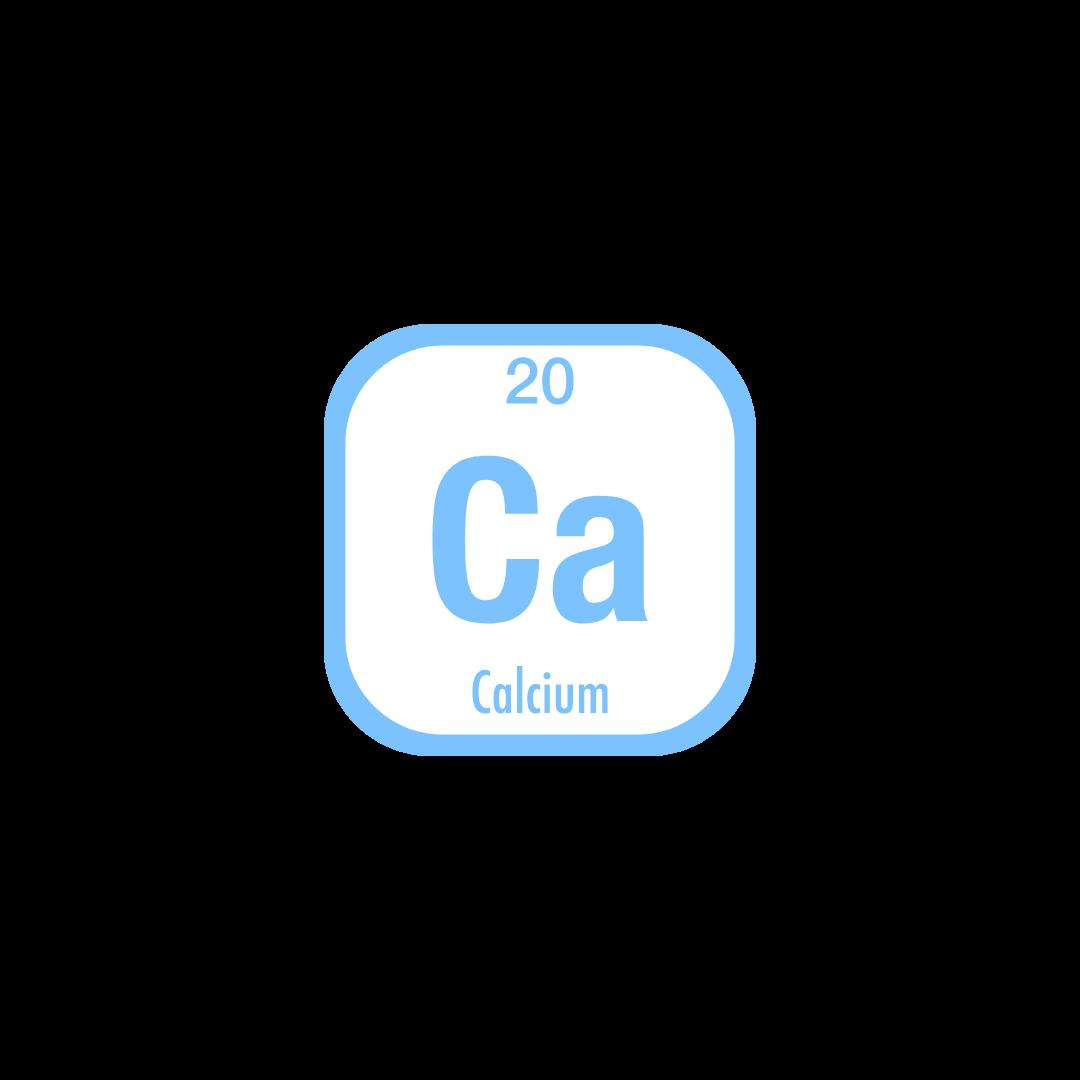
Calcium helps keep muscles

99% of the body’s calcium is stored in the bones.


Calcium also supports 1% is found in the blood, muscles & other tissues.

Calcium helps form bones and teeth and keep them healthy.
Calcium helps to heal cuts & wounds.
Calcium is the MOST abundant mineral in the human body.


